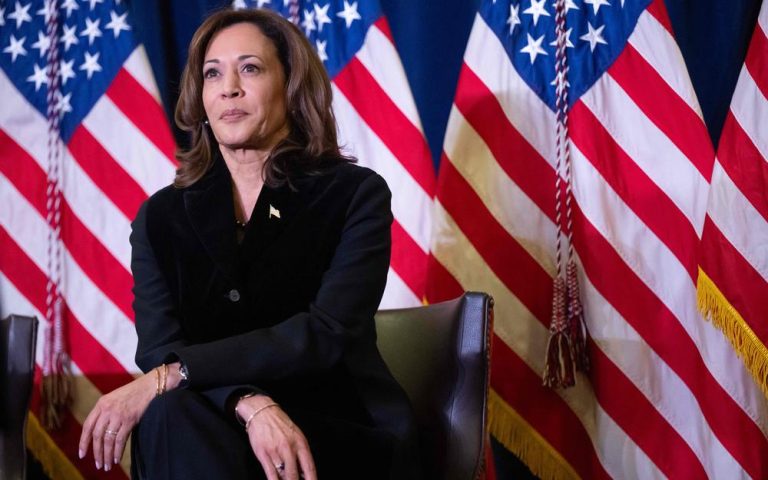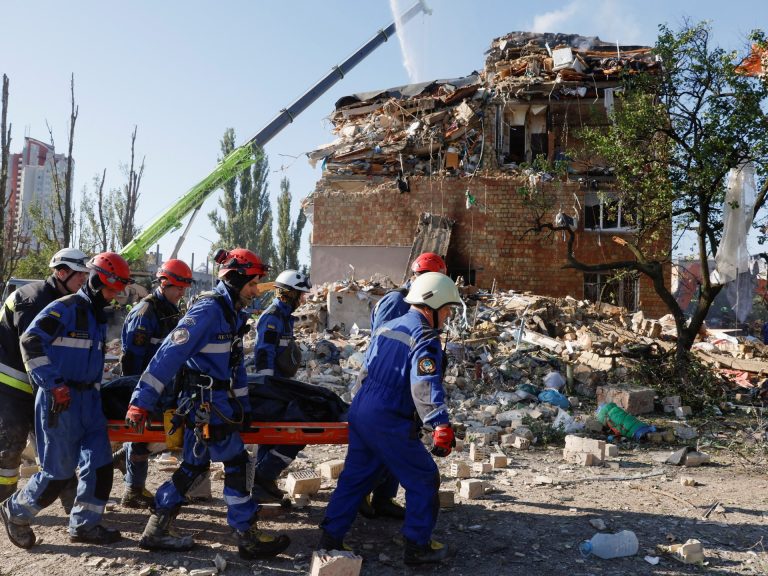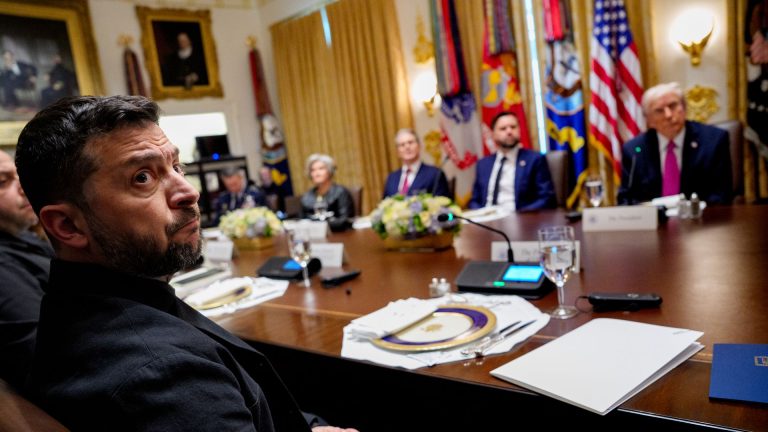
Hamas has announced that it is willing to release Israeli hostages under a U.S.-brokered ceasefire plan but insists on changes to key points in President Donald Trump’s 20-point peace proposal for Gaza.
In a statement on Friday, the group said it agreed “to release all Israeli prisoners, both living and dead, according to the exchange formula contained in President Trump’s proposal,” provided that “field conditions for the exchanges are met.”
However, Hamas signaled it seeks further negotiations on the future governance of the Gaza Strip and the broader rights of the Palestinian people, stressing these issues remain under discussion “within a national framework.”
The announcement came just hours after U.S. President Donald Trump set a deadline of 18:00 Washington time (22:00 GMT) on Sunday for Hamas to accept the peace plan or face what he described as “all hell.”
Trump’s ultimatum to Hamas
Posting on his Truth Social platform earlier this week, Trump wrote:
If this LAST CHANCE agreement is not reached, all HELL, like no one has ever seen before, will break out against Hamas. THERE WILL BE PEACE IN THE MIDDLE EAST ONE WAY OR THE OTHER
The peace plan demands an immediate ceasefire and the release of 20 living Israeli hostages within 72 hours, along with the remains of others believed dead, in exchange for hundreds of Palestinian detainees held by Israel.
Gaza governance and international oversight
Hamas also reiterated its readiness to hand over the administration of Gaza to a Palestinian technocratic body, based on national consensus and backed by Arab and Islamic states. But it objected to parts of the U.S. plan that strip Hamas of any role in future governance.
The proposal outlines that Gaza would be temporarily governed by a “technocratic, apolitical Palestinian committee” with oversight from a new international body called the Board of Peace, headed by Trump himself.
Israeli Prime Minister Benjamin Netanyahu has publicly supported the plan but later reasserted his opposition to a Palestinian state, saying:
It’s not written in the agreement. We said we would strongly oppose a Palestinian state.
International response
European and Middle Eastern leaders welcomed the U.S. proposal, and the Palestinian Authority (PA) described Trump’s efforts as “sincere and determined.” However, Pakistan’s foreign minister criticized the plan, saying it diverged from proposals made by Muslim-majority countries.
At the White House, Press Secretary Karoline Leavitt warned Hamas of “very grave” consequences if the deal is rejected:
Hamas has an opportunity to accept this plan and move forward in a peaceful and prosperous manner in the region. If they don’t, the consequences, unfortunately, are going to be very tragic
Rising casualties in Gaza
Since the outbreak of war following Hamas’s October 7, 2023 attacks, in which 1,200 Israelis were killed and 251 hostages taken, the conflict has devastated Gaza.
According to the Hamas-run health ministry, at least 66,288 Palestinians have been killed by Israeli strikes, including 63 in the past 24 hours alone.
Israel’s military is currently pressing an offensive in Gaza, with Defence Minister Yoav Gallant saying forces are “tightening the siege” around the area. Israel has ordered mass evacuations to the southern al-Mawasi “humanitarian zone,” though hundreds of thousands of civilians remain trapped.
UNICEF spokesman James Elder dismissed the idea of a safe zone as “farcical,” warning that schools designated as shelters are routinely “reduced to rubble.”
What’s next?
With Hamas agreeing in principle to part of the U.S. plan but demanding revisions, the next 48 hours will prove crucial. Trump has vowed that Israel will receive full U.S. backing to “finish the job” if Hamas refuses.
The peace plan, while welcomed internationally, faces hurdles due to conflicting expectations from Hamas, Israel, and regional players making the path to peace uncertain.




